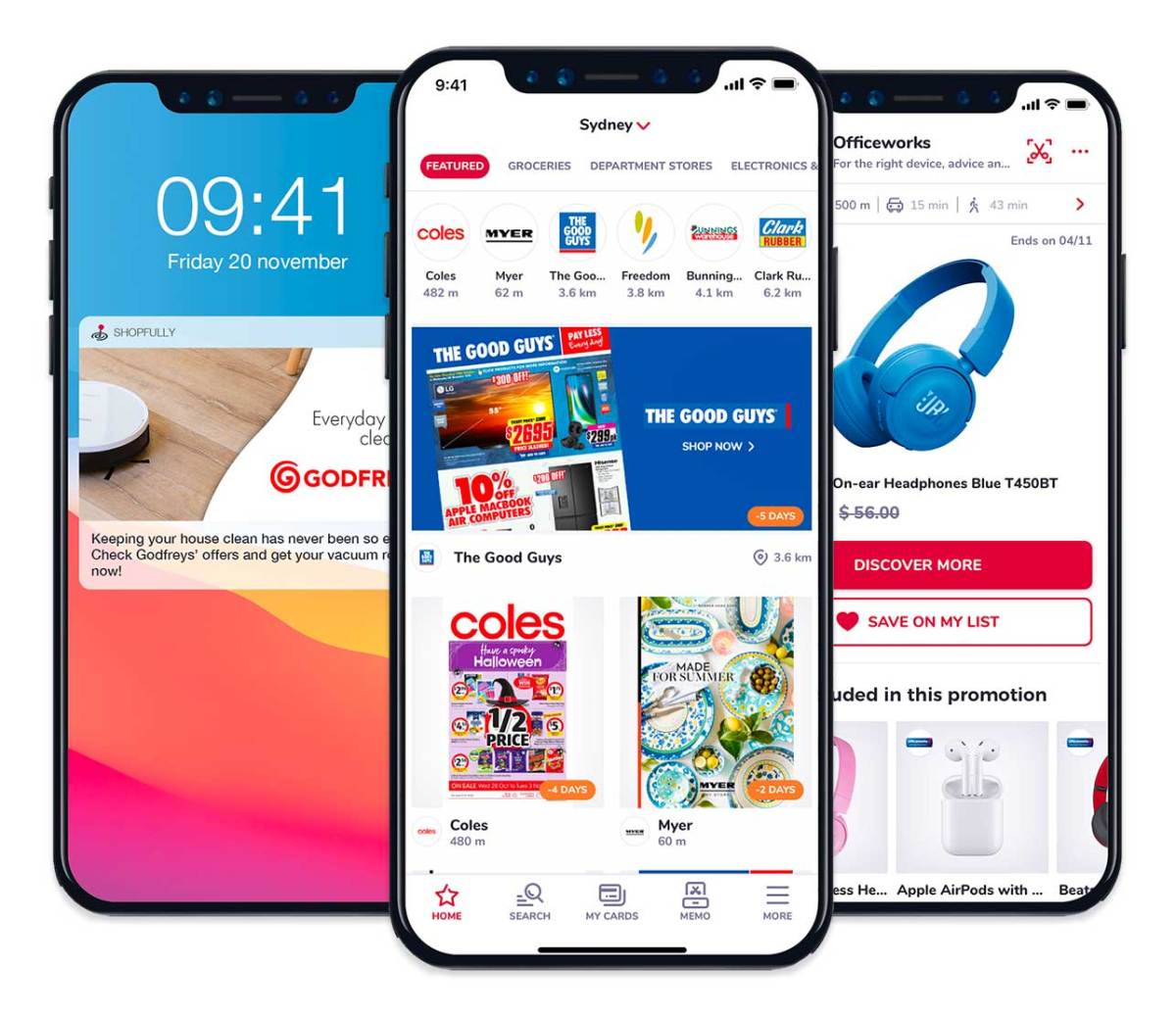Australians love a bargain, with nearly two-thirds (63%) regularly shopping for sales, according to new research from ShopFully and Nielsen Media Analytics.
The commissioned study into Australian shoppers’ habits found the Covid-19 pandemic has forced over one-third (34%) to be more careful with their spending due to budget constraints. In turn, four in five (80%) of consumers use digital platforms to collect information on the stores to visit, and almost as many (79%) ‘always’ or ‘sometimes’ read catalogues when making purchase decisions.
ShopFully country manager of Australia, Dean Vocisano said the average catalogue reader is spending nine minutes browsing per week, and two in three (63%) are searching for better deals and promotions.
“As a result of the pandemic, there has been a massive shift toward digital, with Australians adopting a more planned approach to their shopping trips. In fact, our research with Nielsen found Aussie catalogue readers are referring to digital versions 60% more frequently than their paper counterparts,” he said.
The research also found that Australians are price loyal, with over half (57%) happy to switch brands due to bargains or special offers. For a sizable portion of the population, this behavioural change has resulted from the pandemic—almost three in 10 (28%) consumers have started to actively look for promotions due to a tighter budget, while nearly one-quarter (24%) are more flexible in their brand choices.
When making purchase decisions, almost two in five (37%) are influenced by online reviews and comments, while over half (54%) actively look for products that will not pollute the environment. Catalogues remain a staple resource with 60% of customers who read them doing so to plan their shopping trips. In addition to bargain hunting, nearly two in five (38%) Australians who read catalogues do so for inspiration and ideas.
The research found catalogues to be most popular among Australians aged 25 to 39 years (86%), and Victorians were more likely to read brochures (84%) than those in NSW/ACT (80%), Queensland (77%) and Western Australia (76%).
Nearly half (47%) of Australians supported retailers’ decision to switch from paper to digital catalogues throughout the pandemic, with almost three-quarters (72%) appreciating the change due to its environmental friendliness. Over the last year, 43% of shoppers who use digital catalogues increased their readership, and 86% of these consumers intend to continue using the online versions moving forward.
However, for more than one-third (34%) of Aussies who favoured digital catalogues, it was because the format makes it easier to compare offers from various retailers. In fact, 57% of Australians said they preferred to do the research online and then buy the same item in store.
Now more than ever, we are seeing the creation of a dialogue between the physical store and the digital universe, Vocisano said.
“Time-poor consumers are looking to digital solutions for convenience, and almost one-third (30%) of the country is turning to platforms that offer various catalogues in one place. The pandemic has effectively accelerated consumers’ use of the smartphone as a remote control during all stages of shopping, from preparation at home to purchasing in store.
“This presents an exciting opportunity for retailers. Incorporating an omni-channel approach to marketing and advertising and embracing digital platforms can maximise impact and ultimately drive customers into local stores to purchase.”

